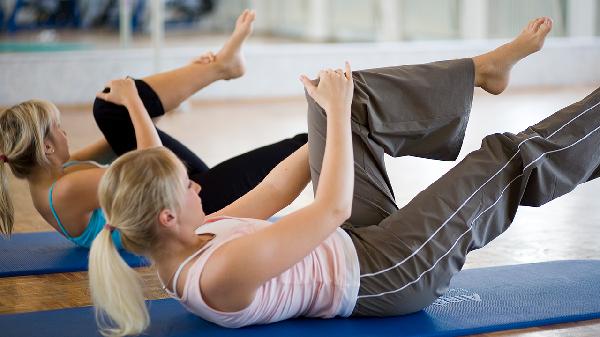If you're looking to boost your strength, hanging from a bar daily might just be the game-changer you need. This simple yet powerful exercise engages multiple muscle groups, improves grip strength, and enhances shoulder mobility—all without fancy equipment or complicated routines. Whether you're a gym rat or a newbie, hanging is a low-risk, high-reward move that can seriously level up your fitness game.

Hanging from a bar isn’t just some random trend—it’s backed by biomechanics and physiology. When you hang, your bodyweight creates tension in your shoulders, arms, back, and core. This passive stretch helps decompress the spine, relieving pressure on your vertebrae and improving posture over time. Plus, the act of gripping the bar strengthens your forearms, fingers, and wrists, which translates to better performance in everything from deadlifts to rock climbing. Studies have shown that grip strength is a strong predictor of overall upper-body strength, so if you’ve been neglecting your hands and forearms, hanging is an easy fix.
Unlike isolated exercises that target one muscle at a time, hanging forces your body to work as a unit. Your lats, traps, and rotator cuff muscles engage to stabilize your shoulders, while your core tightens to prevent excessive swinging. This full-body activation mimics real-world movements like carrying groceries, lifting kids, or hauling luggage—making it a functional strength builder. Over time, consistent hanging can improve your pull-up performance, reduce shoulder pain, and even help with overhead pressing movements by increasing shoulder stability.
If you can’t hang for more than a few seconds, don’t sweat it—start small. Begin with assisted hangs using a resistance band looped over the bar to take some weight off. Aim for 10- to 20-second holds, gradually increasing time as your grip improves. Another trick is to practice "active hangs," where you slightly engage your shoulders by pulling them down (think of trying to bend the bar). This builds control and prevents you from just passively dangling. Once you can comfortably hang for 30 seconds, try adding small movements like leg raises or scapular pulls to further challenge your muscles.
Once basic hanging feels easy, spice things up with advanced variations. Towel hangs (gripping a towel draped over the bar) drastically increase grip difficulty. One-arm hangs (start with a partial assist from your other hand) take shoulder stability to the next level. For a brutal core challenge, try hanging windshield wipers—lifting your legs sideways while keeping your upper body steady. These progressions not only prevent plateaus but also translate to better performance in calisthenics, gymnastics, and even martial arts.
Even a simple exercise like hanging can go wrong if done carelessly. Avoid shrugging your shoulders up to your ears—this puts unnecessary strain on your neck and traps. Instead, keep your shoulders slightly depressed (pulled down). Another mistake is holding your breath; focus on steady breathing to maintain tension without turning red in the face. Lastly, if you experience sharp pain (not to be confused with muscle fatigue), stop immediately—hanging should challenge you, not injure you.
Whether you’re aiming for a stronger grip, better posture, or just a simple way to enhance full-body strength, hanging from a bar daily is a surprisingly effective tool. It requires minimal equipment, takes little time, and delivers serious results. So next time you pass a pull-up bar, grab it and hang tight—your future self will thank you.
























